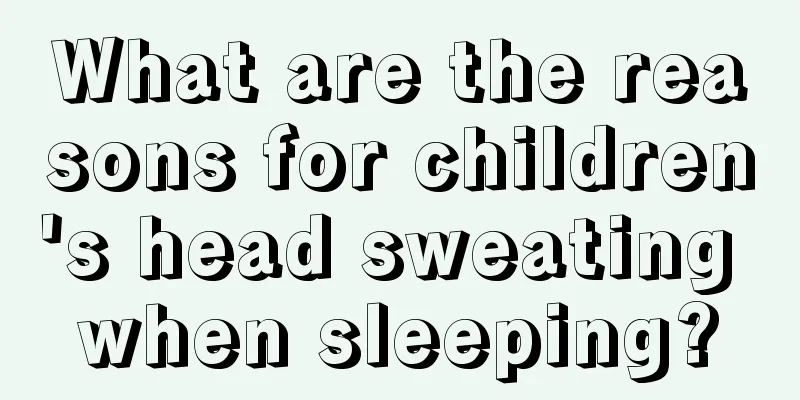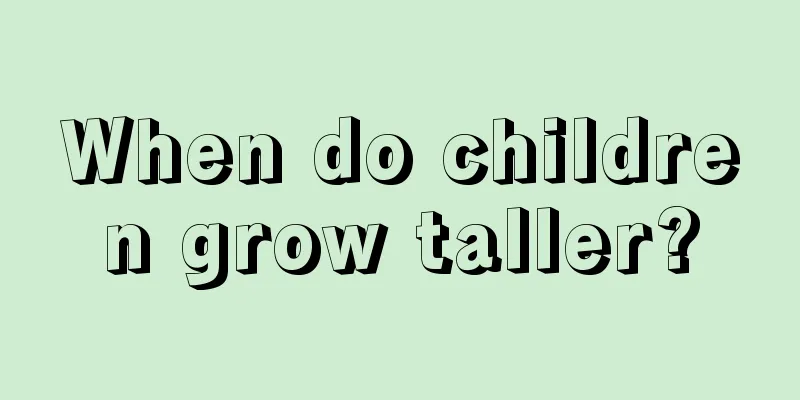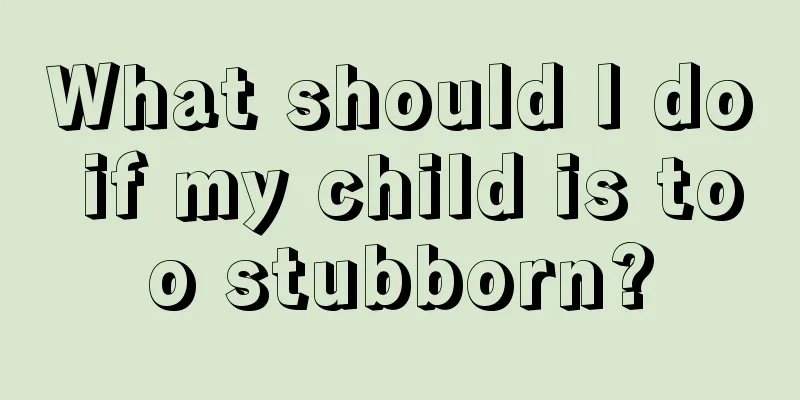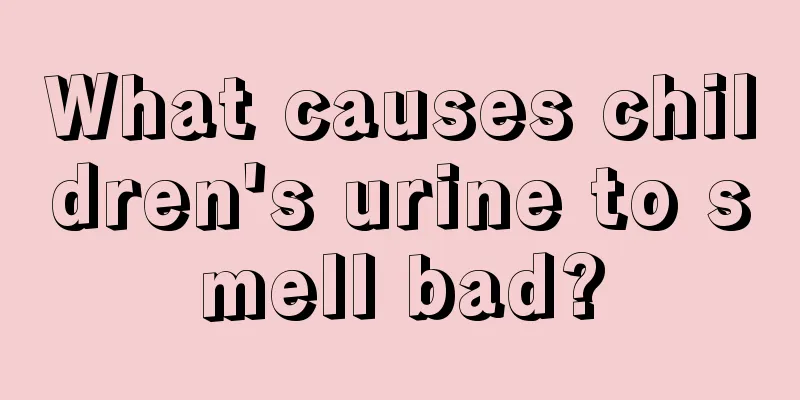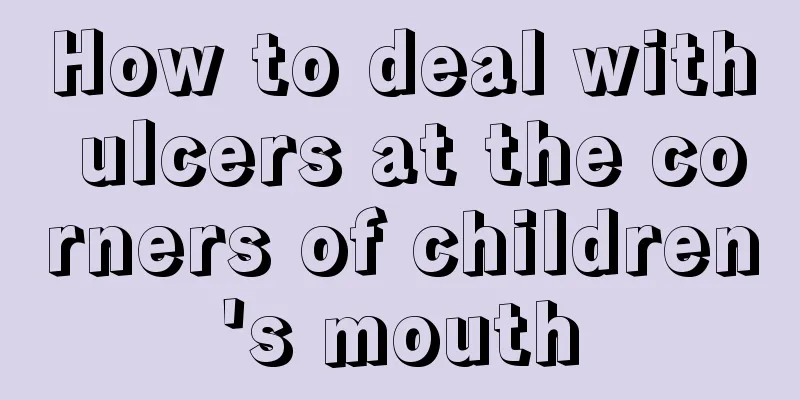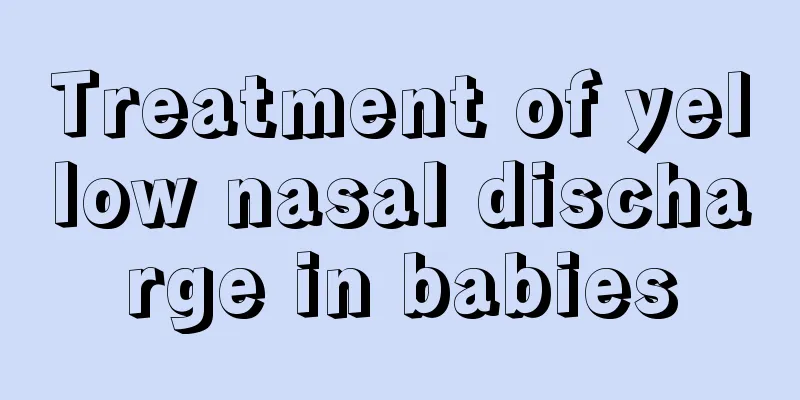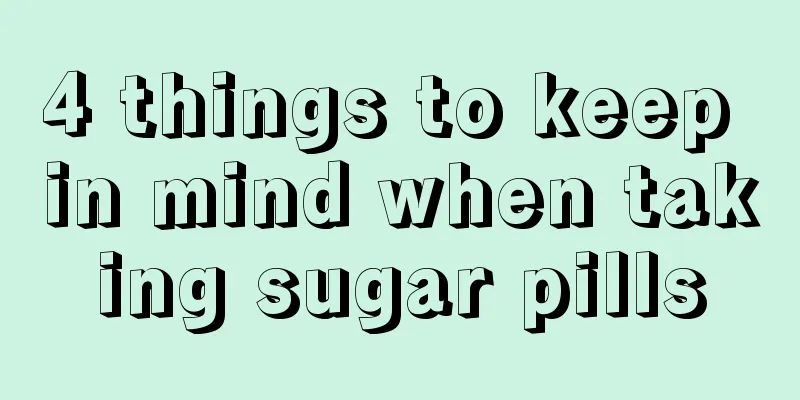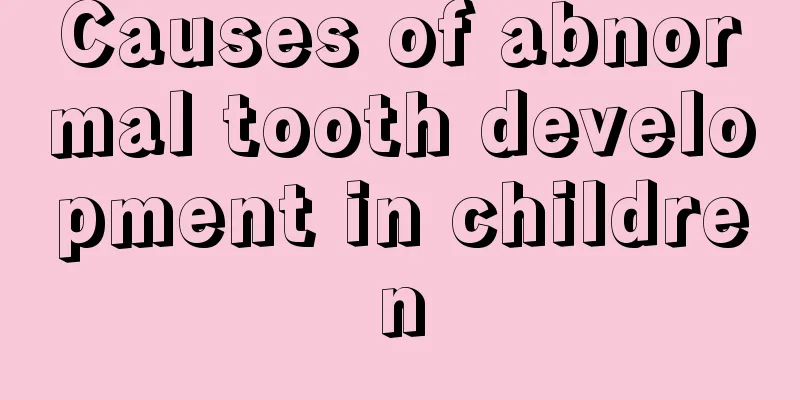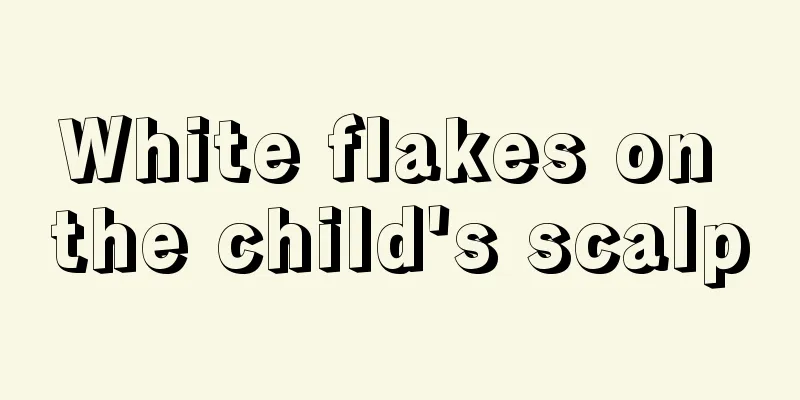What to do if your child has a fever in summer
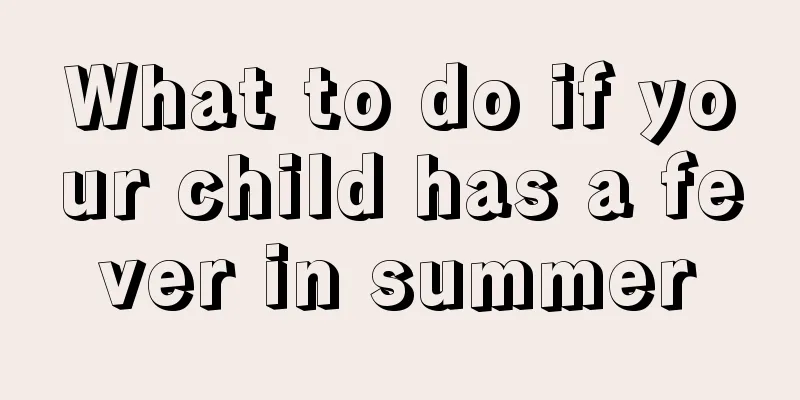
|
The most common fever among children in summer is upper respiratory tract infection, which usually presents symptoms such as sneezing, fear of cold, coughing, and headache. If the temperature is lower than 38.5℃, it is clearly an exogenous fever and physical cooling can be performed at home without rushing to use drugs to reduce the fever. Children's body temperature central nervous system is not fully developed, so they cannot wear more clothes and cover themselves with sweat like adults. If they are covered with heat for a long time, they can easily develop "heat syndrome" which is life-threatening. When the baby has a high fever that does not subside or has recurring high fever, you need to use antipyretics. Pay attention to the dosage and ingredients. Do not take antipyretics repeatedly as this will lead to an overdose. If a child has a high fever of 38.5℃ or above, he or she should go to the hospital for treatment immediately. When you have a cold, you cannot wear more clothes and sweat to lower your body temperature like adults do. In fact, fever is a defensive reaction of the body, which is beneficial for eliminating invading germs and promoting the normal growth and development of children. Experts believe that if the baby's fever is below 38.5℃, there is no need for antipyretic treatment. Physical cooling should be used, such as undressing, removing blankets, and wiping the child's body with warm water to dissipate heat. Never use alcohol to wipe children's bodies, as alcohol can easily cause blood vessels to dilate, blood volume to drop, and cause shock. Clinically, it is found that some children have a rapid rise in body temperature and a very high temperature when they have a fever. Infants and young children can easily have a fever as high as 40°C, and often suffer convulsions due to high fever, such as loss of consciousness, fixed or upward eyeballs, head and neck tilted back, facial and limb convulsions, and other critical symptoms. When the fever reaches above 40℃, it is indeed easy to cause brain damage. Therefore, when the child's fever reaches above 38.5℃, if physical cooling cannot solve the problem, appropriate drug-induced fever measures should be used. Children with a fever consume a lot of calories and lose a lot of water, so they need to get enough rest and drink plenty of water. When they sweat too much, they should add a little salt to the water to replenish electrolytes. Provide light, easily digestible food. The room temperature and humidity should be appropriate. Caring for a child with a fever at home is both important and necessary for recovery from the illness. |
<<: How to take care of your baby's fever in summer
>>: What causes swelling of the lower eyelids in children?
Recommend
What should I do if my baby doesn't sleep after eating?
Mothers have a very hard time, especially when th...
How to treat bronchial asthma in children?
Children will always suffer from various diseases...
What kind of soup is good for a one-year-old baby?
When the baby reaches one year old, he can genera...
How to use alcohol to cool a child's fever
Children's physical health is an issue that m...
Can children drink monk fruit water?
In traditional Chinese medicine, monk fruit is a ...
How to digest food when children have food accumulation
The most common problem in children is food accum...
Can children drink onion water to treat cough?
Many people know that chewing raw onions can prev...
What causes itchy red spots in a child’s mouth?
Many people's oral cavity will cause oral bli...
Why do three-month-old babies sweat on their hands and feet?
Why do three-month-old babies have sweaty hands a...
Young parents, please remember this recipe for your baby’s fever!
Nowadays, many young people are raising their chi...
Symptoms of calcium deficiency in four-year-old babies
It is not uncommon for babies to be calcium defic...
Red spots on the child's face after vomiting
Some children are very fragile when they are youn...
How to determine whether eczema is caused by milk powder
When babies are born, they are not very adaptable...
Under what circumstances would a child lose their virginity?
In recent years, there have been more and more ca...
Children catch cold
It is very common for children to catch colds bec...
